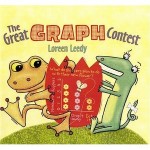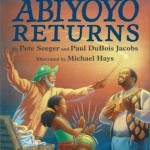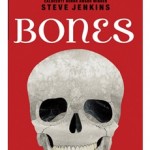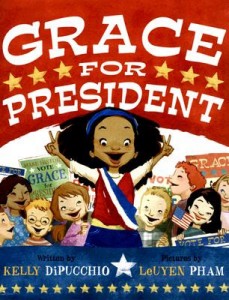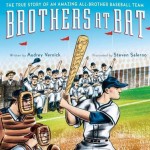 After a solid month of all the members of my household taking turns being sick (seriously, we dubbed our home “Contagion Manor”), I was so glad to return to work and see some of my favorite books on the New York Times Notable Children’s Books of 2012 list. I cheered when I saw on the Picture Book list a title by one of my author-friends, Audrey Vernick (remember her fantastic book Is Your Buffalo Ready for Kindergarten? I know, I loved it, too!) And then I realized that Brothers at Bat is the only non-fiction picture book on the list. I read lots of picture books to kids, and I’m trying to work at least one informational book into each reading. The best way to improve reading comprehension of information is to immerse our kids in interesting informational books. So if you’re on the lookout for fantastic non-fiction, here’s the most Notable of the 2012 bunch!
After a solid month of all the members of my household taking turns being sick (seriously, we dubbed our home “Contagion Manor”), I was so glad to return to work and see some of my favorite books on the New York Times Notable Children’s Books of 2012 list. I cheered when I saw on the Picture Book list a title by one of my author-friends, Audrey Vernick (remember her fantastic book Is Your Buffalo Ready for Kindergarten? I know, I loved it, too!) And then I realized that Brothers at Bat is the only non-fiction picture book on the list. I read lots of picture books to kids, and I’m trying to work at least one informational book into each reading. The best way to improve reading comprehension of information is to immerse our kids in interesting informational books. So if you’re on the lookout for fantastic non-fiction, here’s the most Notable of the 2012 bunch!
Brothers at Bat: the true story of an amazing all-brother baseball team is written by Audrey Vernick and illustrated by Steven Salerno. In 1938, the twelve Acerra brothers formed their own semi-pro baseball team. With their dad as their coach, the brothers went on to win league championships four times, and earned a place in the Baseball Hall of Fame as the longest-playing all-brother baseball team. Salerno’s art perfectly captures the feel of the 1930s and 1940s. I love the photo at the end of the book showing all the brothers in uniform.
More than just a book about an interesting bit of baseball trivia, the heart of this story is how the brothers were a team for life, both on and off the field. “As the younger brothers grew up,” Vernick writes, “the older ones shared playing time.” When Alfred loses an eye due to a bad bounce of a baseball, his brothers work with him so he can rejoin the team. “He was a pretty good catcher for a guy with one eye,” one brother says. You can discuss with your students all the examples of teamwork in this book to hit the Common Core State Standard of Key Ideas and Details. Talk about teamwork in your classroom. Your students can each make a “baseball” card for themselves, and even team uniforms with white t-shirts and Sharpie markers! Take your students outside for a game of catch with the little bouncy balls from the dollar store. You’ll build hand-eye coordination, cooperation skills, and a sense of teamwork in your classroom. Play ball!
Audrey Vernick has a curriculum guide with lots of discussion questions and ideas on her website: audreyvernick.com. On Steven Salerno’s website you can see some of the illustrations for this book in process: stevensalerno.com.
